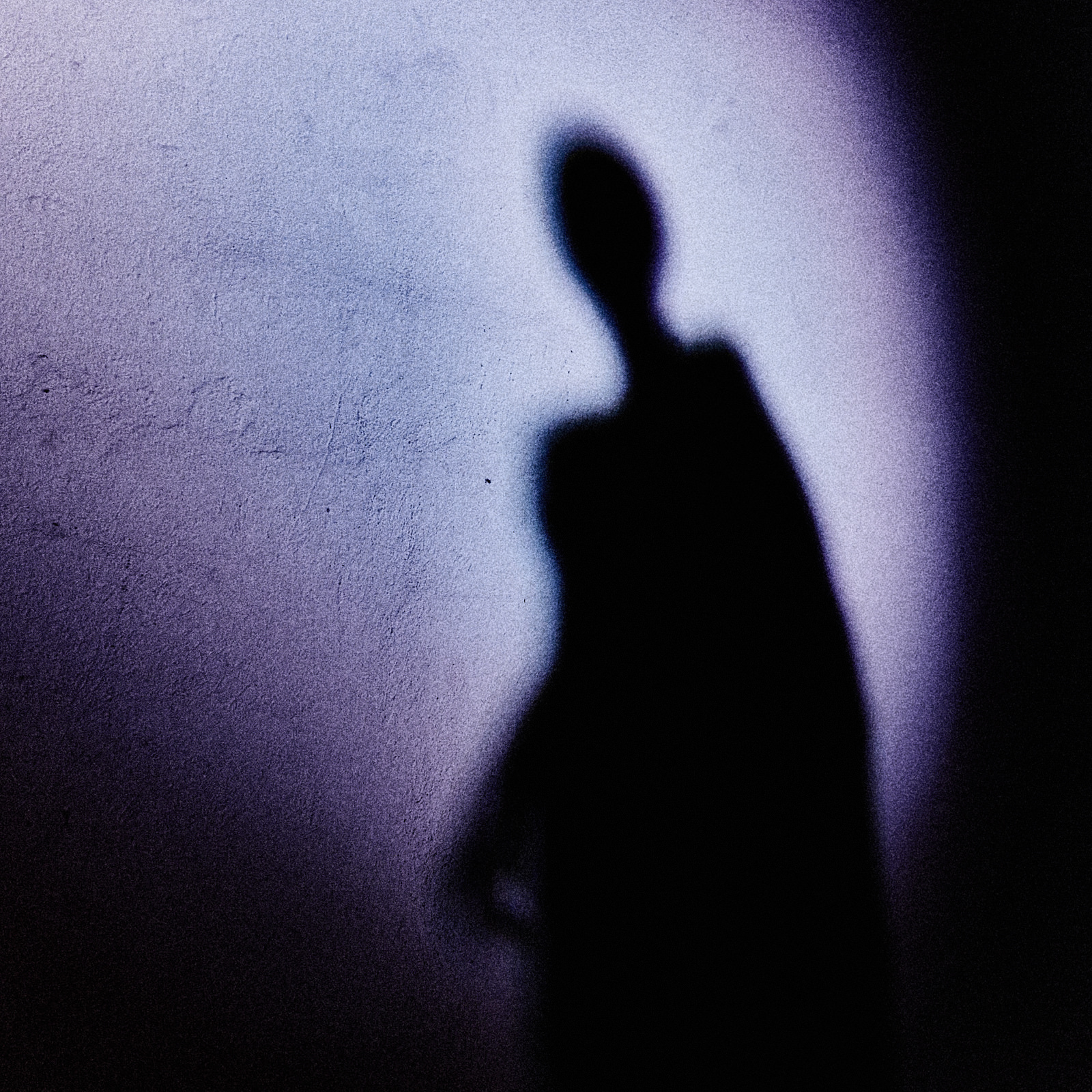‘Up-skirting’ is to become a criminal offence punishable with offenders facing up to two years in prison.
The campaign that drove support for a change to the law was launched after a woman was targeted at a festival eighteen months ago. Gina Martin, who was at a music festival in Hyde Park when a man put his phone between her legs and took pictures of her crotch, took action after attempting to report the incident to the police and discovering that upskirting was not a specific offence. The Voyeurism (Offences) Act 2019 outlawing the act has been passed which comes into force on April 12 2019.
‘I was tired of ignoring it,’ Martin said last month. ‘I felt this was wrong and I was astounded to learn that upskirting wasn’t a sexual offence. I wanted to change this for everyone, because the least we deserve is to be able to wear what we want without non-consensual photos being taken of us.’
Martin started a petition online to reopen her case that received over 50,000 signatures and shortly afterwards Lib Dem MP Wera Hobhouse brought a private members’ bill backing the creation of a specific upskirting offence.
Prior to the Act, upskirting could only be prosecuted down two restricted avenues. Voyeurism, defined as the observing or recording of a person doing a private act without their consent for the purposes of sexual gratification, only applies where a victim is targeted in a private place. Alternatively, the common law offence of ‘outraging public decency’ requires a minimum of two witnesses to the indecent behaviour before charged can be brought. Commonly brought against ‘flashers’, the latter law is primarily concerned with public perception as opposed to victim experience.
The new act adds two new offences to the Sexual Offences Act 2003, which shall apply in the two-fold situation where:
-
Without consent, an individual operates equipment or records an image beneath a person’s clothing to observe their genitalia or buttocks, whether covered or uncovered by underwear garments; and
-
The offender has a motive of either obtaining sexual gratification or causing humiliation, distress or alarm to the victim.
The Act also ensures that the most serious offenders, where the purpose of the offence is for sexual gratification, are placed on the sex offenders register.
The Conservative MP Maria Miller and Labour MP Jess Philips have commented that the act fails to tackle the extent of image-based abuse enabled by new technologies. Pointing to cyberflashing, unsolicited pictures of nudes or genitalia, deep fakes, where images are superimposed to show a person performing sex acts they never took part in, or revenge porn, Miller explained that the law needed to catch up with an array of sexually-motivated offending. As Miller pointed out, targeting such abuse is also inevitably contingent on greater regulation of the technology industry.
Their comments come in the wake of a report published by the Women and Equalities committee in October 2018 which called on the government to criminalise all occurrences of non-consensual creation and distribution of sexual images. Professor Clare McGlynn, who gave evidence to the committee, said that it would be ‘inevitable’ that some of those who perpetuated image-based abuse would go on to commit more serious sexual offences.
‘It’s a ‘thin end of the wedge’ type argument,’ said Miller. ‘If some people’s behaviour online goes unnoticed and unchallenged it becomes part of a continuum that will then happen on the street too.’
‘What the government needed a year ago, indeed two years ago, was a more comprehensive bill against all image-based abuse. If they don’t do that now, we are sleepwalking into a crisis.’







